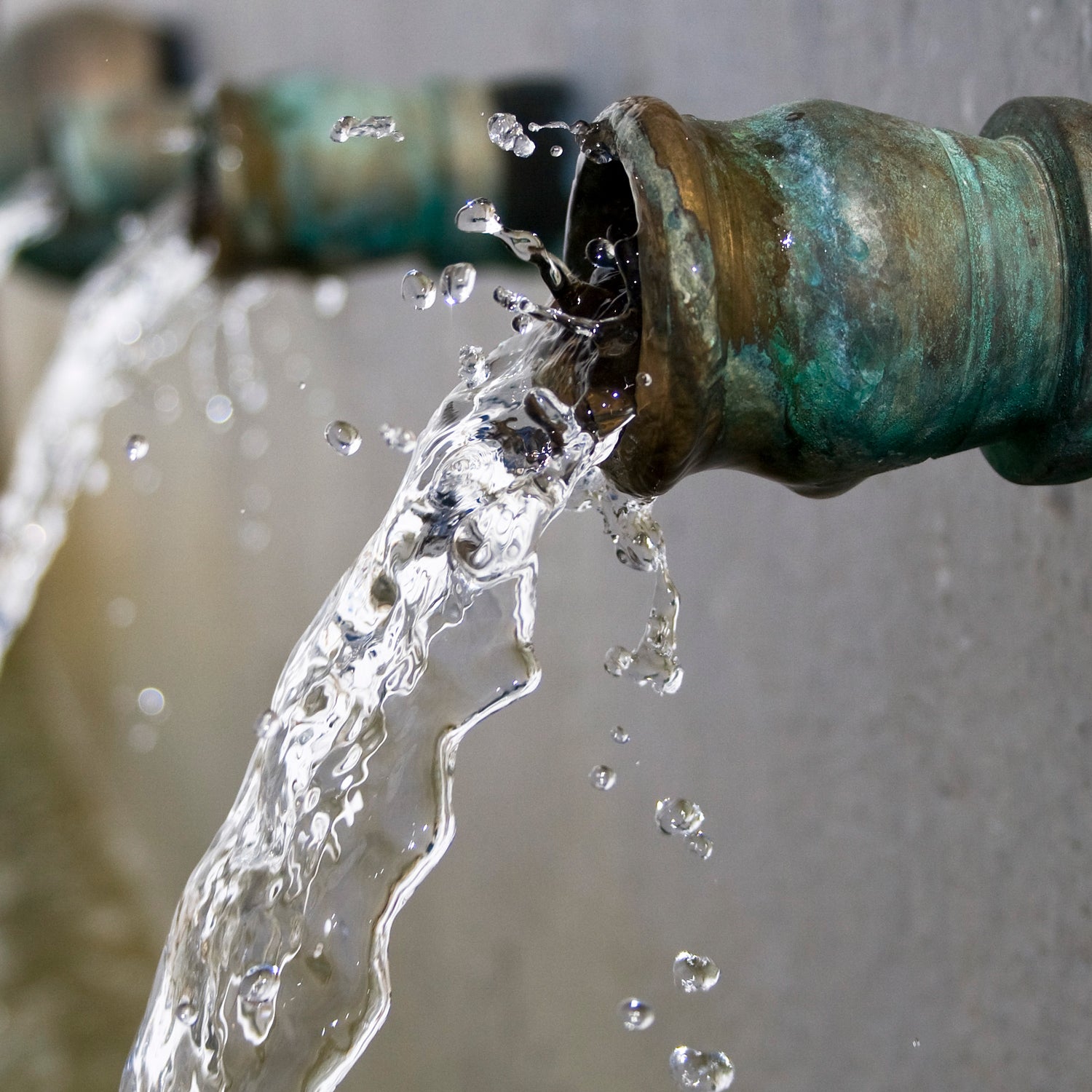On Tuesday, June 27, the . “We are taking significant action to return power to the states and provide regulatory certainty to our nation’s farmers and businesses,” said Scott Pruitt, administrator of the EPA, in a news release that confirmed the EPA’s move to get rid of the rule. The announcement prompted an immediate and harsh response from environmental groups. But what exactly is the Clean Water Rule, and how will rescinding it change things?
What It Is
The rule was . It was meant to , which was hazy about whether some waters—particularly seasonal streams and wetlands—fell under the EPA’s regulatory authority. The Clean Water Rule allowed for all “navigable waters” to be included under the Clean Water Act, extending protection to the drinking sources of nearly a third of the U.S. population.
If we’re going to have clean water in the bigger streams, that starts with the little ones. If you don’t protect the small streams, you don’t protect the larger system.
Why the EPA Is Overturning It
Pruitt’s announcement follows the executive order penned by President Donald Trump at the end of February calling for a review of the regulation. “The EPA’s so-called ‘Waters of the United States’ rule is one of the worst examples of federal regulation, and it has truly run amok, and is one of the rules most strongly opposed by farmers, ranchers, and agricultural workers all across our land,” Trump said during the signing. “The EPA decided that navigable waters can mean nearly every puddle or every ditch on a farmer’s land or anyplace else that they decide.”
That executive order suggested revising the Clean Water Rule to fit within the late Justice Scalia’s interpretation, as the February executive order recommends. If that happens, pollution safeguards would be dismantled for all streams unless they are considered to be “relatively permanent.” This means seasonal or rainwater-dependent streams, as well as some wetlands, would lose protection.
How It Will Change Things
The move won’t technically change current practice in the United States, as Obama’s rule has been stuck in a federal appeals court since October 2015 and was never fully implemented. But that doesn’t mean you won’t see an impact down the road. “It’s going to affect the places that hunters and anglers use,” says Melinda Kassen, interim director of the . “If you think about going up any mountain canyon and fishing streams that are not in national parks or wilderness areas, those are the sorts of streams where you could now have development—bulldozers pushing soil around, unearthing metals, and potentially putting pollutants into streams.”
Why Outdoor Recreationists Should Care
According to the , this could mean the loss of pollution protections for in the lower 48 that don’t flow year-round. To put that in context, both and receive more than 58 percent of their drinking water from those streams.
“From an outdoor industry perspective, it’s biting the hand that feeds you to pollute these tiny little streams,” says Kassen. “They don’t necessarily run all the time, but that doesn’t mean they’re not great habitat. Sixty percent of water [in the United States] is in those tiny little headwaters, and even though each one individually doesn’t look so important, if we’re going to have clean water in the bigger streams, that starts with the little ones. If you don’t protect the small streams, you don’t protect the larger system.”
Wetlands span some 110 million acres across the United States, providing critical habitat for fish and wildlife and aiding in filtration of contaminated runoff and groundwater storage. Headwaters and other streams are a big playground, too. A report by the Outdoor Industry Association found that recreationists spend more than $86 billion annually on watersports, which helps explain why . During the EPA public comment period in 2014, more than one million comments were received—87 percent of which were in support.


